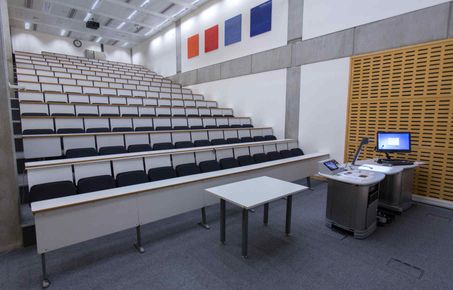Designing remote online learning experiences
What do you want students to learn?

This is the first question when thinking about any form of teaching. It will help to review the intended learning outcomes for your module and session and think about how these can be achieved through a remote, online mode of teaching and learning, in an inclusive and engaging way.
Below you will find some useful decision-making questions. Once you’ve considered these and other questions, we’ll help you to operationalise your educational decisions.
| If you were due to give a series of lectures, is this still the best way to teach the content? |
| Can some of the lecture be replaced or supplemented with assigned reading, video or podcast material? |
| If you need to record a lecture, what’s the best way to do this? An hour of recorded material is a lot – at best you’ll need think about signposting more than usual as you won’t have the instant feedback that being in front of a class brings. |
| Can you break material down into smaller chunks of time, perhaps with some questions interspersed? |
| Do you want students to be able to share their responses, ideas and perspectives with you and each other? How will you facilitate this in a way that can involve all students? |
| Do you want students to collaborate during a scheduled session or in their own time, or both? |
Synchronous and asynchronous approaches
Synchronous learning
Synchronous learning refers to a learning experience in which a group of students are engaging in learning at the same time, also known as ‘real time’. For example, a tutorial.
Asynchronous learning
This means learners are not constrained by a time, but self-study in more independent way. This might even involve selecting from a choice of different resources to support their study.
Often remote, online learning will involve a combination of the two. This enables you to be inclusive of students in different time zones, with different technological constraints, including internet connectivity and speed, different study conditions and different learning preferences and social needs.
An early decision needs to be whether and when students will be learning synchronously and/or asynchronously. To help with your decision-making, consult the Digital Learning Hub’s overview of the pros and cons of each approach.





